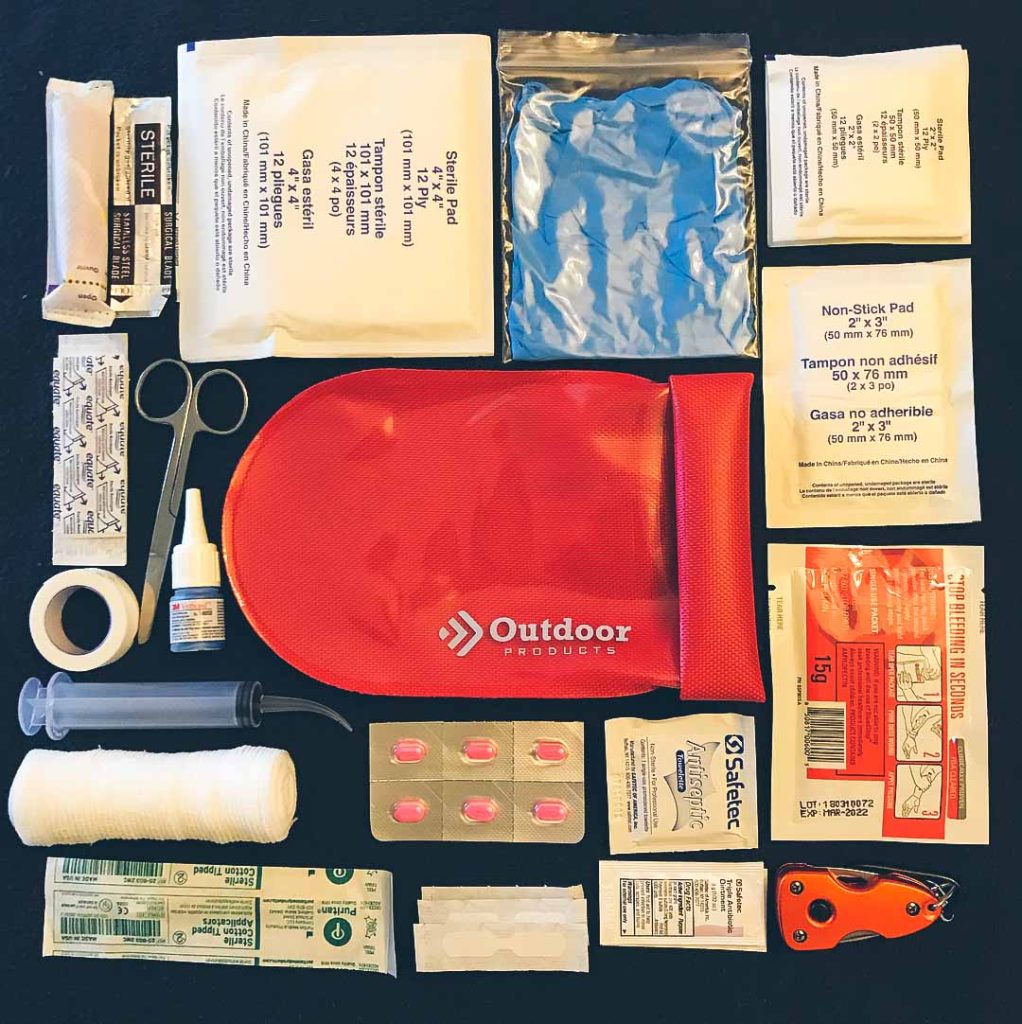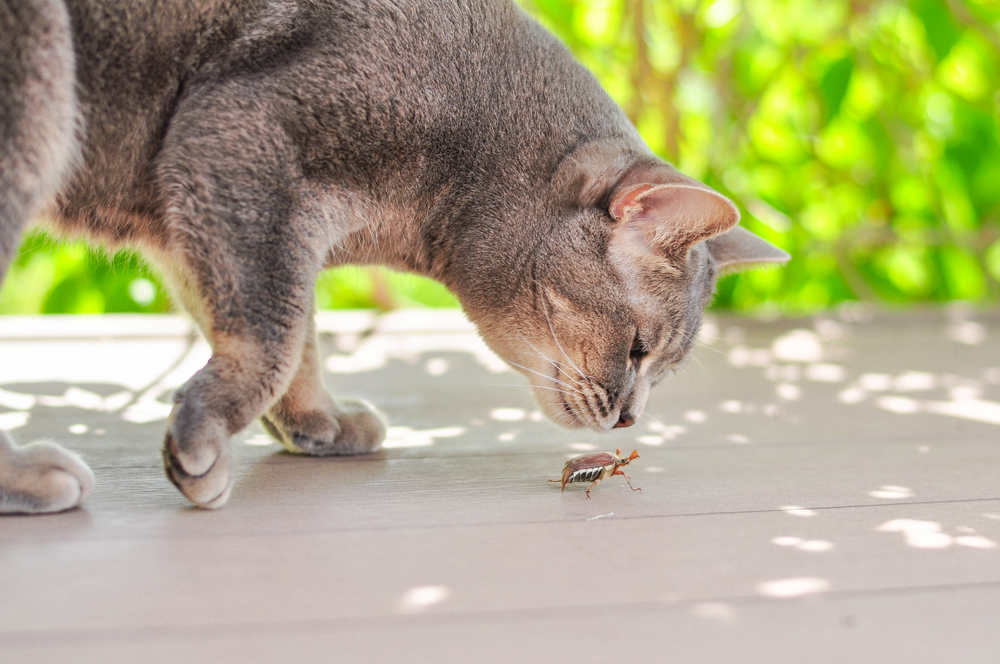We’ve created this cat first aid kit guide to help you calm and care for your pet until you reach your veterinarian.
Cats are all explorers at heart, whether they’re climbing the tree in the back garden or exploring another cat’s territory. Unfortunately, this adventurous spirit can sometimes get them into trouble and require you to give your cat first aid.
We’ve put together this guide with essential emergency care tips for cats. Of course, you should always call your vet first and seek professional help. But in emergencies that require immediate help, this can save you valuable time until you can get to your vet.
Table of Contents
How do you recognize pain in cats?
Cats are very secretive creatures and for this reason, we don’t always know if they are in pain. Therefore, it can be difficult to recognize when a cat needs emergency care. Although this largely depends on your pet’s specific illness or injury, you can often tell that your cat is in pain by the following signs:
- Your cat is hiding, for example in a dark place or their cat igloo
- Fast and shallow breathing
- Hissing or crying
- Aggression towards both people and other pets in the household
- Increased sleep activities
- Loss of appetite
- Obsessive licking of a specific area
- Lack of self-care
- Cat is apathetic, moves little, and has no interest in playing
- Change in toilet habits
- Limping or difficulty getting around

Emergency care for cats?
If your cat is in pain or suffering, it’s helpful to know how you should react. The most important rule is that you first have to keep a clear head, take deep breaths, and, above all, stay calm. Because your cat is probably stressed and scared enough as it is. In an emergency, you should not make your cat’s panic worse with your panic. As we know, cats are masters at sensing our emotions.
The first thing you should do is contact your veterinarian. If you call him, he can prepare for your arrival. And if it’s an emergency, they may be able to provide you with basic first aid instructions over the phone.
But never give your cat medication that is intended for humans. These can be toxic to cats and may cause side effects.

Cat First Aids for Multiple Problems
Injured cat – what to do?
If you need to treat your cat’s injury before taking him to the vet, you should be sure what you need to do. Unless you get other instructions from the vet, here is our advice if your cat is injured: Walk up to her very slowly, then place one hand under her chin on the front of her chest and the other hand between her back legs. If she seems particularly aggressive, you may want to use a thick towel to protect yourself and also wear protective gloves. Once you have her, place her in a well-padded carrier to ensure that her transport is as comfortable as possible for her. You can also cover the box with a towel to make her less afraid.
First aid if your cat is bleeding
If your cat is bleeding, it’s important to give first aid quickly to avoid shock or collapse. If you find yourself in a situation where you need to reduce or stop bleeding before getting help, follow these steps: First, apply pressure with a cotton ball, tissue, or other clean cloth for at least 10 minutes. This can be difficult and you may need to ask someone else for help if your cat resists. Do not apply a bandage to the injured area.
At no time while applying pressure should you lift the bandage to check that the bleeding has stopped. That could loosen the clot again. If the blood penetrates the pressure bandage, simply put a fresh one over it. And see a vet as soon as possible.

First aid for cats with broken bones
Take your cat to the vet as soon as possible. If possible, support the affected area with a towel underneath and carefully lift your cat into a transport box. Don’t try to apply a splint yourself, as this can cause more harm than good. For example, the bone breaks through the skin.
Dealing with burns and scalds
Soak a towel or washcloth in cold water and apply directly to the affected area. However, do not apply ointments or creams as this can irritate. But you can use a saline-soaked gauze to protect the area. Once you’ve done this, take your cat to the vet immediately.
What to do if your cat was poisoned?
If you are sure your cat has eaten something poisonous, it is more important to seek veterinary care immediately than to waste time on first aid. It’s important to take the label or information about what your cat ate with you. If it is a plant, try to identify it and find out its name. You can also take a sample or a photo of it with you.

Helping a Cat Having a Seizure
A common mistake owners make when they see their cat having a seizure is to try to hold them in. Instead, darken the room, turn off anything that makes noise, and remove anything that could hurt your cat. Once you’ve done this, call your vet and they’ll give you advice on what to do next.
Insect stings or bites in cats
When administering first aid to cats to treat insect stings or bites, you should first check that the stinger is still in their skin. If this is the case, try to carefully remove it with tweezers. Be careful not to press on it as this may release additional poison. If you’re worried, leave the stinger in and take your cat straight to the vet so they can remove it. Once the stinger is removed, bathe the area with an alkaline liquid (such as baking soda dissolved in cold water for bee or other insect stings). Or use lemon juice or vinegar for wasp stings. If you’re unsure what kind of insect it was, just use clean water instead.
If the insect sting or bite is in your cat’s mouth, take it to the vet immediately as it may cause swelling and difficulty breathing.

What to do if your cat chokes?
If your cat is about to suffocate, wrap him in a towel and open his mouth. It’s important not to tilt their head back, as this can cause the object to slip into their neck. As such, this may require two people – one to hold and support the cat and another to search for objects in the cat’s mouth. If the object is visible and not stuck on anything, use blunt tweezers to remove it. If the object looks like it might snag on something, don’t pull on it. Contact your veterinarian and take your animal to the practice immediately.
Final Thoughts on Cats First Aid
First aid measures for cats should only help your cat until you can see a veterinarian – and should never replace professional care. Cat first aid is only intended for emergencies that require immediate action. Always make sure you have your vet’s number saved in your phone as you never know when you will need it.
FAQs
Q: What is cat first aid?
A: Cat first aid refers to the immediate care and attention given to a cat in an emergency or after an injury before professional veterinary assistance can be obtained.
Q: What should I include in a cat first aid kit?
A: A cat first aid kit should include items such as bandages, gauze pads, adhesive tape, antiseptic wipes, disposable gloves, scissors, tweezers, and a pet first aid guide.
Q: When should I take my cat to the vet?
A: You should take your cat to the vet immediately if you notice signs of distress or serious injuries, or if your cat fails to improve after administering basic first aid for cats.
Q: How can I help my pet in an emergency?
A: In case of an emergency, you should keep your cat warm and calm, assess their condition, and contact your vet or an emergency vet for guidance and instructions.
Q: What are the common cat emergencies that may require first aid?
A: Some common cat emergencies that may require first aid include heatstroke, poisoning, injuries, seizures, and respiratory or cardiac distress.
Q: What should I do if my cat seems to have an eye injury?
A: If your cat seems to have an eye injury, you should avoid touching or applying any ointments to the eye and immediately seek veterinary care to prevent further damage.
Q: How can I calm a frightened or unmanageable cat in an emergency?
A: You can use a blanket or towel to gently wrap the frightened or unmanageable cat and keep them calm until you can seek professional help or emergency veterinary care.
Q: What are the signs that my cat requires immediate veterinary care?
A: Signs that your cat requires immediate veterinary care include difficulty breathing, unmanageable aggression, a rapid or weak pulse, severe bleeding, or any suspected internal injuries.
Q: How can I provide first aid if my cat fails to breathe?
A: If your cat fails to breathe, you can carefully administer CPR by gently compressing the chest and giving rescue breaths, while immediately seeking emergency veterinary care.
Q: What should I do in case of an emergency if my cat is very aggressive?
A: If your cat is very aggressive in an emergency, you should use caution and try to safely secure them in a cat carrier or wrap them in a blanket or towel before seeking professional help and guidance.